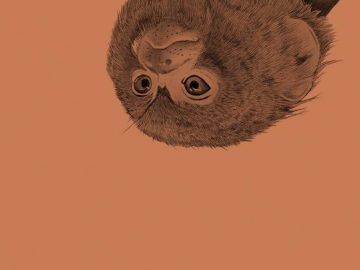Dustin Illingworth at The Paris Review:

For all the High Modern sophistication of the writers who made up the Bloomsbury set in England in the early 1900s, there remains something creaturely about the collective. It is as if, beneath the frocks and tweeds, a simian itch lingered. To begin with, there were the names they gave one another, curious and whiskery terms of endearment: Virginia Woolf and her husband Leonard called each other Mandrill and Mongoose; Vanessa Bell referred to her sister as Singe (ape in French) or Goat, while Vanessa herself was known as Dolphin; Virginia’s friend and sometime lover Vita Sackville-West gave her the private name of Potto, a kind of lemur; and several members of the group referred to T. S. Eliot in private letters as Old Toad. The impulse would occasionally manifest in their art. Take, for instance, Flush: A Biography, Woolf’s imaginative consideration of the poet Elizabeth Barrett Browning’s cocker spaniel.
The fictions of Sigrid Nunez are often similarly attuned to animals, though they serve different ends here. They are not, as in Woolf, an uncharted tributary into the river of animal consciousness. Instead, they act as a conduit for the unpredictable weight of self-knowledge.
more here.
